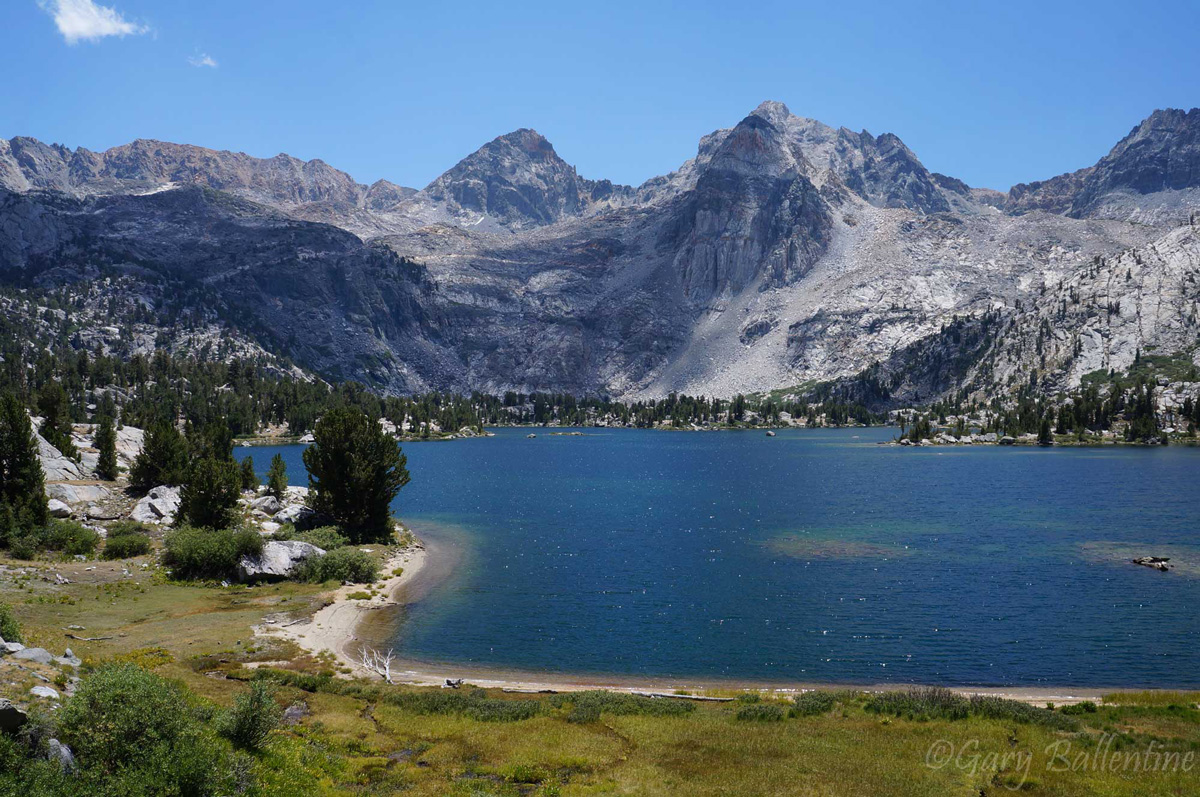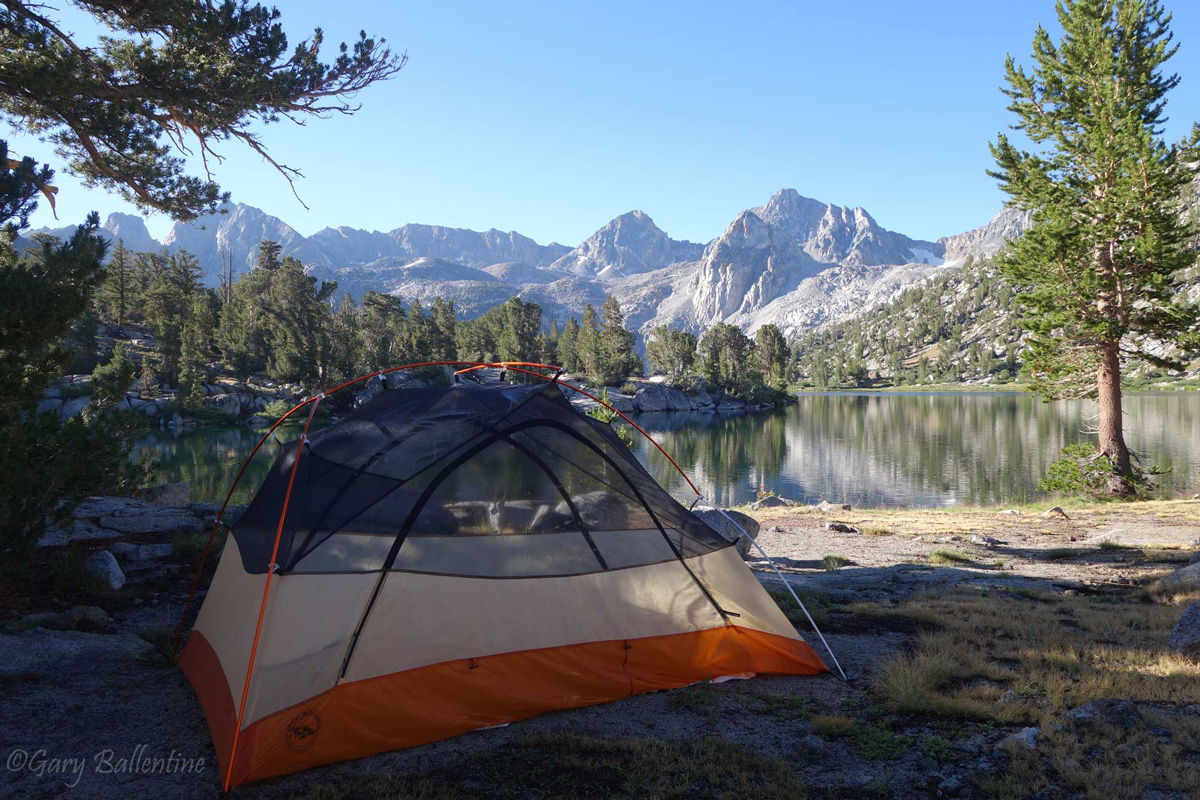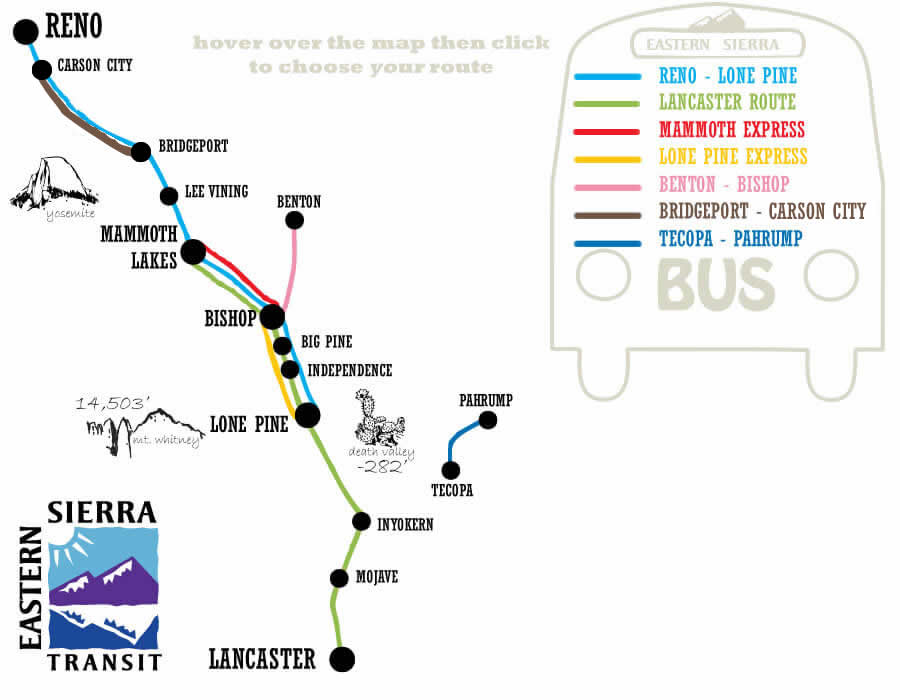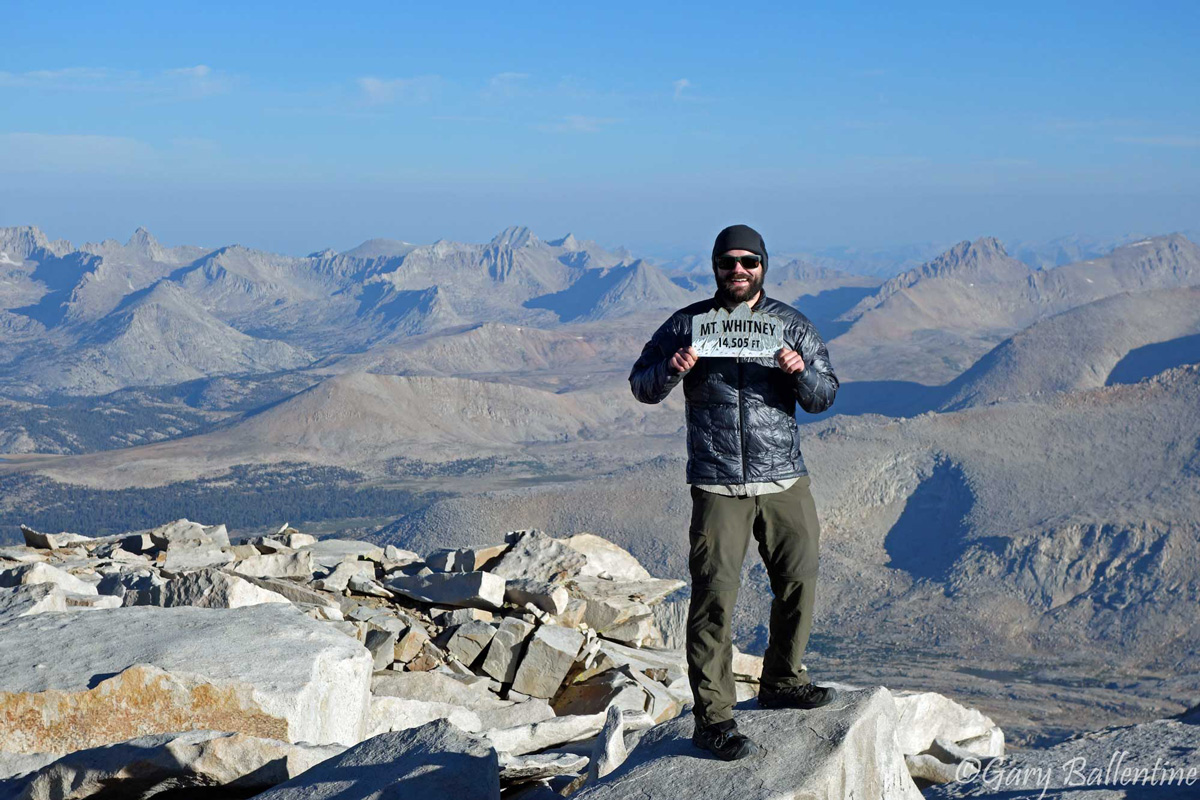How to Start Planning Your John Muir Trail Through Hike

It’s Easy! Just Follow These Steps
Want to hike the John Muir Trail but don’t know where to begin? This page has you covered! Preparing for such a long hike can seem overwhelming, but as long as you take care of these basic prep categories, you will have nothing to worry about.
Pick a Date
Get a Permit
Choose Your Gear
Gear selection can be one of the more fun parts of getting ready for the trail, but it can get expensive fast. This gear guide and this pack weight guide will help you decide what to bring, and you should fine-tune your setup in the months prior to leaving as you test it out on shorter hikes.

Train For It
Test Your Gear
It’s also important to adapt your body to your specific footwear, because different shoes will exercise and stretch your muscles and tendons differently. Shoes with little to no heel-to-toe drop, such as Altras, will require your Achilles tendon to actually become longer if you are used to shoes with even slightly elevated heels. This applies anytime you switch footwear, as most of them have different heel heights, and the last thing you want to deal with on the trail is a ruptured Achilles tendon (been there, done that).

Make Travel Plans

Prepare Your Resupply

DO IT!
It’s actually happening. You got your permit, you bought all your gear, and you’ve been preparing nonstop for 6 months. You leave tomorrow. You have butterflies in your stomach. You’re second guessing yourself. Stop it! This is a once in a lifetime opportunity for most people, and it will be life-changing. Just remember to pick up your permit either the day before your start date, or by 10AM the day of. If you are running late, call the ranger station and let them know so they don’t give your permit to someone else. They’ll hold it until closing if you hit traffic or your flight is delayed.
When you finally put boots on the ground, stop for a minute and look around. Breathe deep. Smell that? It’s the clean air and Christmas tree scent of the High Sierra. Today you embark on the journey of a lifetime. Stretch, take your time, and start walking. You have 220 miles of some of the most intense mountain scenery anywhere in the world still ahead of you.

